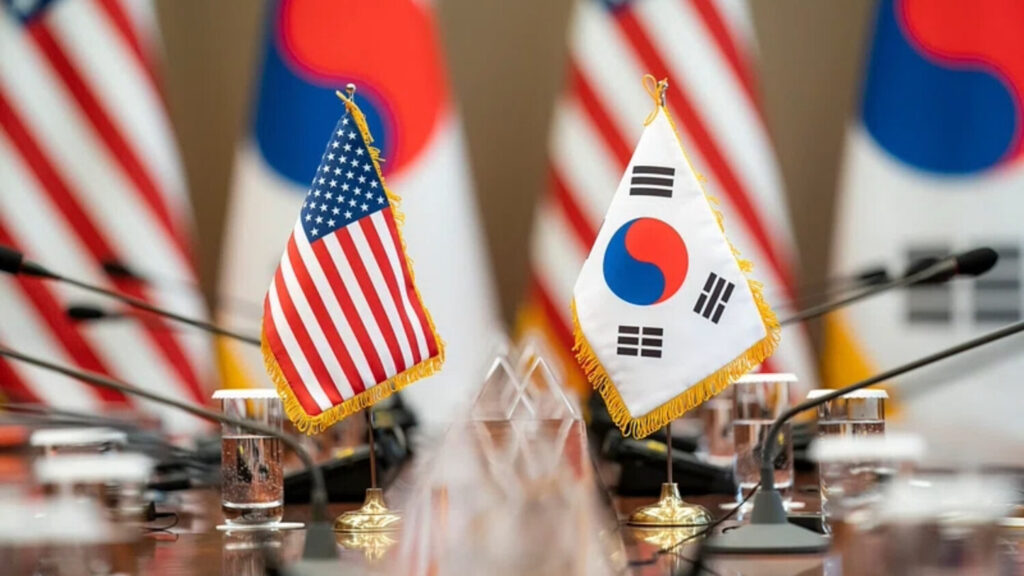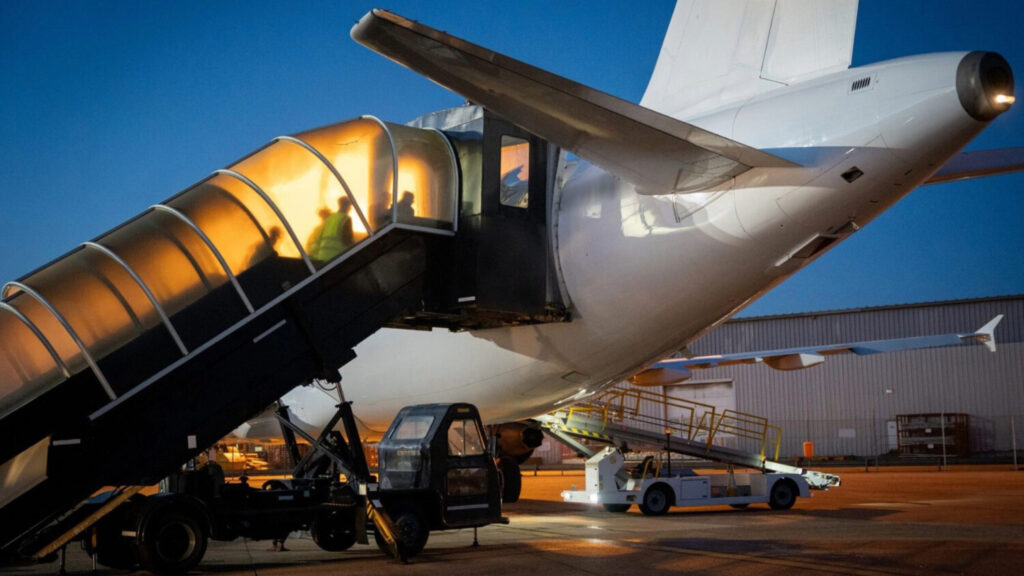Quad’s Strategic Identity: Ocean Foam or Asia’s NATO?
From Dialogue to Deterrence: Reassessing the Role of the QUAD
The Quadrilateral Security Dialogue (QUAD), once a platform for humanitarian coordination, has reemerged in the Indo-Pacific as a potential counterweight to China’s regional dominance. With its revival in 2017, the QUAD has evolved from a loose dialogue into a strategic coalition—prompting analysts to ask: is it merely “ocean foam,” or could it become an “Asian NATO”? While Chinese media likened it to NATO, the Foreign Ministry dismissed it as insignificant “ocean foam.” Both perspectives hold some truth. There is a genuine need to counterbalance China’s rise, and this alliance has the potential to become “NATO for Asia”, but only if its challenges are addressed collaboratively (Eisentraut and Gaens, 2018, p.8).
QUAD & Ocean Foam
The term “ocean foam” suggests fragility and lack of continuity. QUAD is a security dialogue, not a formal alliance like NATO. Its character is therefore less rigid. Initially, even member states disagreed on QUAD’s definition (Fraser, 2023). Japan emphasized shared democratic values, proposing the name “Democratic Security Diamond” (Eisentraut and Gaens, 2018). The USA was more forceful, while India and Australia distanced themselves from the idea of a formal alliance (Smith, 2021). This ambiguity has likely prompted China to perceive the Quad as a fragmented group, lacking cohesion and strategic direction.
Moreover, QUAD lacks legally binding agreements (Gabriel et al., 2020, p.61). It rests on bilateral and trilateral connections (Mitra, 2023, p.471). As commitment mechanisms were absent during its dissolution in 2007, disintegration remains possible. Its structure also raises concerns: there is no charter, treaty, or secretariat (Mitra, 2023, p.471), making it appear temporary (Moyle, 2019). Without a governance framework, it lacks the foundations of a lasting partnership.
QUAD also lacks a clear agenda or schedule (Gabriel et al., 2020, p.61), tackling issues from COVID-19 to climate change. This range may dilute focus on balancing China (Jaishankar and Madan, 2021). Importantly, it was never explicitly formed to counter China. Unlike NATO, QUAD has no collective defense commitment or organized military command (Mitra, 2023, p.473). NATO’s Article 5, by contrast, binds members to respond militarily in collective defense (NATO, no date).
Can Quad Evolve into an Asian NATO
Despite initial doubts, QUAD’s second iteration and its ambitious goals must also be recognized. The most apparent aim being a “Free and Open Indo-Pacific.” The geopolitical focus has shifted from Asia-Pacific to Indo-Pacific, bringing India into a central strategic role (Ba, 2023). This shift aims to counterbalance China’s expanding influence and underscore India’s stabilizing role (Jie, 2019, p.63). While the concept does not exclude China, it does not include it either. “Free” here aligns with the rule-based order QUAD promotes (Ba, 2023, p.21). China’s growing use of political and economic coercion threatens regional freedom and order (Satake, 2020, p.52). The idea of openness also addresses trade route concerns, especially China’s BRI, which has raised issues about transparency, effectiveness, and national sovereignty (Satake, 2020, p.45).
Although QUAD lacks formal commitments, member nations continue to reaffirm their support and are open to cooperation with other countries (Ba, 2023, p.21). Like NATO, expansion of the partnership is possible. Critics cite the informality of QUAD, but the absence of structure has not stopped regular joint statements (Australian Government DFAT, no date). It is becoming more organized, with consistent meetings among leaders and ministers (Ba, 2023, p.17–18). Security cooperation is also deepening. QUAD members have engaged in joint military exercises, including Exercise Malabar, which now includes all members, marking a shift toward greater security focus (O’Brien et al., 2022, p.4). Cooperation extends beyond the group, with joint exercises involving other countries and increased observers at bilateral drills (Jaishankar and Madan, 2021). These military engagements point to a trend toward formal alliance-building (O’Brien et al., 2022, p.4). Economically, QUAD encourages Western-led exchanges to protect long-term interests, reduce China’s influence, and enhance global supply chain resilience (O’Brien et al., 2022, p.5). Economic cooperation complements military and diplomatic efforts in responding to China.
Quad’s Future Trajectory
All four member states—especially the US and Japan—have supported QUAD’s resurgence in response to China’s expanding influence and coercive tactics (Satake, 2020, p.52). Not just QUAD members, but other Indo-Pacific nations and the global community are concerned about potential outcomes of China’s aggression. The biggest fear is that renewed U.S.–China rivalry could trigger a new Cold War. This time, with an economically stronger and globally integrated adversary. But this time, the opponent—China—may be stronger than the Soviet Union, having surpassed the US in purchasing power (Campbell and Sullivan, 2019). There is no Chinese equivalent of Gorbachev to enable internal transformation (Rao, 2021, p.277). If Sino-US competition escalates into a Cold War, regional partners might be forced to choose sides, risking the fragmentation of the Indo-Pacific order (Satake, 2020, p.52). To prevent this, China must be contained. QUAD’s goal is to maintain a multi-polar balance, promoting a more inclusive regional order (Satake, 2020, p.53). A completely hostile approach to China is not viable (Rai, 2018, p.145), but full cooperation is unrealistic too. The aim should be to create an order that limits China’s unchecked influence while allowing peaceful coexistence.
QUAD has the potential to function as an “Asian NATO,” but it faces a major obstacle: diverging member interests and their ties with China (Satake, 2020, p.52). Currently, it remains a loose collaboration (Ba, 2023, p.22). However, with stronger organizational development, it could evolve into a full military alliance in the Indo-Pacific (Ba, 2023, p.22). To solidify the QUAD as a credible alliance, member nations must address internal divergences and invest in shared strategic frameworks. (Satake, 2020, p.52).
Bibliography
Ba, C. (2023) The revival of the quadrilateral security dialogue: Causes and characteristics, Journal of Research in Social Science and Humanities. Available at: https://doi.org/10.56397/JRSSH.2023.03.02
Campbell, K.M. & Sullivan, J., (2019). Competition Without Catastrophe: How America Can Both Challenge and Coexist With China. Foreign Affairs, 98(5), pp.96–110. Available at: https://www.proquest.com/docview/2275085122
Eisentraut, S. and Gaens, B. (2025) The US-Japan-india-australia quadrilateral security dialogue: Indo-Pacific alignment or foam in the ocean? – fiia – Finnish Institute of International Affairs (2025) FIIA. Available at: https://fiia.fi/en/publication/the-us-japan-india-australia-quadrilateral-security-dialogue
Fraser, D. (2023) The quad: A backgrounder | asia society, Asia Society Policy Institute. Available at: https://asiasociety.org/policy-institute/quad-backgrounder
Gabriel, J.P., Mandelbaum, H.G. and Carvalho, C.E. (2020) ‘The quad’, Carta Internacional, 15(2). Available at: doi:10.21530/ci.v15n2.2020.1014.
Jaishankar, D. and Madan, T. (2023) How the quad can match the hype, Foreign Affairs. Available at: https://www.foreignaffairs.com/articles/united-states/2021-04-15/how-quad-can-match-hype
Jie, Z., (2019). The Quadrilateral Security Dialogue and Reconstruction of Asia-Pacific Order. China International Studies, 74, pp.55–73. Available at: https://heinonline.org/HOL/Page?handle=hein.journals/chintersd74&id=55
Mitra, R. (2023) ‘Why the quad is not NATO: The indo-american impediments to its intergovernmental structure’, India Review, 22(4), pp. 463–484. Available at: https://www.tandfonline.com/doi/full/10.1080/14736489.2023.2236466
Moyle, E. (2019) Foam in the ocean? quad 2.0 at 18 months, Australian Institute of International Affairs. Available at: https://www.internationalaffairs.org.au/australianoutlook/foam-ocean-quad-2-at-18-months/-ocean-quad-2-at-18-months/
NATO, n.d. What is NATO? NATO. Available at: https://www.nato.int/nato-welcome/index.html
O’Brien, A., Gagne, B. & MacDonald, N., (2022). The quadrilateral security dialogue: The West’s Response to China in the Indo-Pacific. Journal of Student Research, 11(3), Available at: https://doi.org/10.47611/jsrhs.v11i3.3693
Rai, A., (2018). Quadrilateral Security Dialogue 2 (Quad 2.0) – a credible strategic construct or mere “foam in the ocean”? Maritime Affairs: Journal of the National Maritime Foundation of India, 14(2). Available at: https://doi.org/10.1080/09733159.2019.1572260
Rao, A., (2021). Is the East Asia quadrilateral sustainable? Asian Politics & Policy, 13(2), pp.266–279. Available at: https://doi.org/10.1111/aspp.12574
Satake, T., (2020). The future of the Quadrilateral Security Dialogue: Possibilities and challenges. In: He, K. ed., Minilateralism in the Indo-Pacific. London: Routledge, pp.42–56. Available at: https://www.taylorfrancis.com/chapters/edit/10.4324/9781003000839-3/future-quadrilateral-security-dialogue-tomohiko-satake
Smith, S.A., (2021). The Quad in the Indo-Pacific: What to Know. Council on Foreign Relations. Available at: https://www.cfr.org/in-brief/quad-indo-pacific-what-know
The Quad, n.d. Australian Government Department of Foreign Affairs and Trade. Available at: https://www.dfat.gov.au/international-relations/regional-architecture/quad



